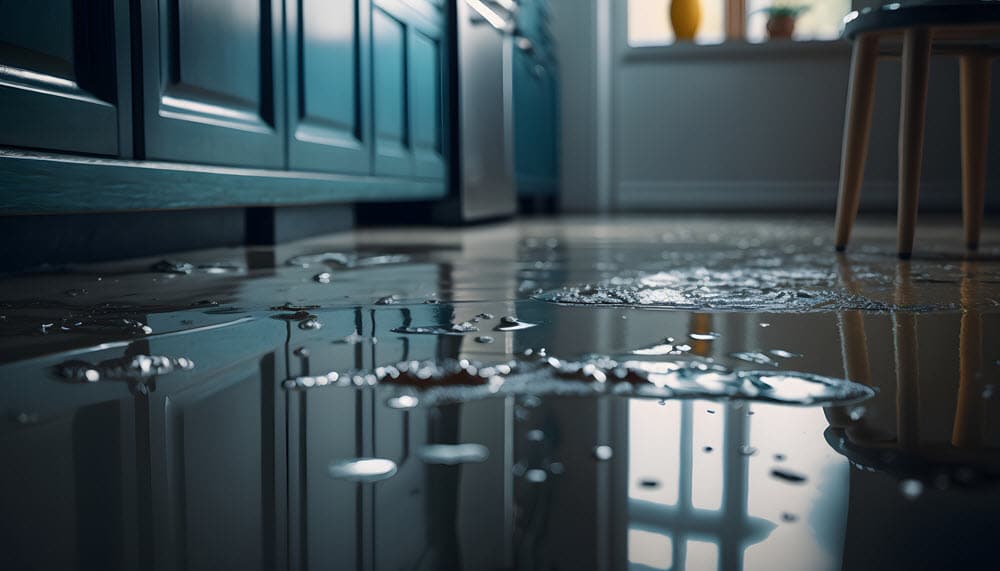Water damage and plumbing emergencies can strike unexpectedly, leaving behind costly repairs and long-term issues if not addressed promptly. However, with the right preventive measures, restoration strategies, and long-term protection plans, you can safeguard your home and avoid future headaches.
Table of Contents
The Importance of Water Damage Prevention
Preventing water damage before it occurs is essential to maintaining the integrity of your home. Taking proactive steps, such as using services from professionals like those at http://www.drquickdry.com/, can save you from the stress of emergency repairs and potential health risks due to mold growth.
Regular Inspections Are Key
One of the most effective ways to prevent water damage is by conducting regular inspections of your plumbing system. Keep an eye on pipes, faucets, and any water fixtures in your home. Look for signs of corrosion, leaks, or loose connections that could lead to bigger problems down the road.
Pro Tip: Did you know that one dripping faucet can waste over 3,000 gallons of water a year? Fixing minor leaks promptly not only prevents water damage but also helps save on utility bills.
Spotting Early Signs of Water Damage
Even with preventive measures, water damage can sometimes occur. Recognizing the early warning signs can help you act quickly before the damage worsens.
Look for Discoloration and Stains
Water damage often reveals itself through discolored patches on ceilings, walls, or floors. These stains are typically yellow or brown, indicating moisture has seeped into the material. If you spot such marks, it’s time to investigate the source of the leak.
Musty Odors Could Signal Trouble
A musty smell in your home is often an indicator of hidden water damage or mold growth. If you detect an unusual odor in your basement, bathroom, or other moisture-prone areas, inspect the space for excess humidity and hidden leaks.
Fun Fact: Mold can start growing within 24 to 48 hours of water damage. That’s why it’s crucial to act fast to prevent mold from spreading and causing health issues.
Emergency Plumbing Solutions: What to Do When Disaster Strikes
Plumbing emergencies, such as burst pipes or overflowing toilets, can cause immediate and extensive water damage. Knowing how to respond swiftly, especially when you notice a sign of a leak, can prevent a minor issue from turning into a major disaster.
Shut Off the Water Supply
In the event of a plumbing emergency, the first step is to turn off the main water supply. This action will stop water from flowing and minimize further damage. Every homeowner should know the location of their main water valve and how to operate it.
Call a Professional Immediately
While it may be tempting to try a DIY solution, most plumbing emergencies require the expertise of a professional. A licensed plumber can quickly assess the situation, repair the issue, and provide guidance on how to prevent future problems.
Quick Tip: Burst pipes are often caused by freezing temperatures in winter. Insulating your pipes can help prevent them from cracking during cold weather.
Restoration Strategies: Recovering from Water Damage
Once the water has been stopped and the plumbing issue resolved, the restoration process begins. This phase is critical for returning your home to its pre-damage state and preventing long-term consequences like mold growth.
Remove Excess Water and Dry the Area
The first step in water damage restoration is to remove any standing water from the affected area. Use pumps or wet-dry vacuums to extract the water, then set up fans and dehumidifiers to dry out the space thoroughly.
Disinfect and Dehumidify
Water damage can lead to contamination, particularly if the water came from a sewage backup or flooded area. Disinfecting all affected surfaces is essential to kill bacteria and mold spores. Additionally, running a dehumidifier in the room will help eliminate excess moisture and prevent mold growth.
Fun Fact: A single gallon of water can soak into drywall and create over a hundred pounds of additional weight! This can lead to severe structural damage if not addressed quickly.
Long-Term Protection: Keeping Your Home Safe for the Future
After restoring your home, it’s important to take steps to protect it from future water damage and plumbing issues. By implementing long-term strategies, you can ensure your home remains safe and dry.
Install Water Detection Devices
Water detection alarms are a great investment for preventing future water damage. These small devices can be placed near water heaters, washing machines, or sump pumps. When they sense moisture, they sound an alarm, allowing you to take action before the problem worsens.
Upgrade Your Plumbing System
Older homes with outdated plumbing systems are more prone to leaks and water damage. If you’re living in an older home, consider upgrading your pipes and fixtures to modern materials like PVC or PEX. These newer systems are more resistant to corrosion and can handle higher water pressures.
Interesting Fact: Copper pipes can last up to 50 years, but newer plastic piping options like PEX can last even longer with fewer chances of leaks.
Water damage and plumbing emergencies can be stressful, but with the right preventive measures, emergency response, and long-term protection strategies, you can minimize the risks to your home. Regular maintenance, quick action during emergencies, and modern upgrades to your plumbing system will keep your home safe from water-related disasters for years to come.
Also Read: Achieve a Gleaming Home: The Benefits of Comprehensive Cleaning Services.
